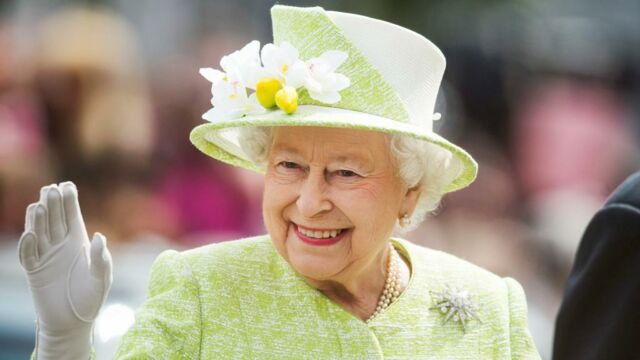In 1989, Elizabeth IIwas at the top of the list of Britain's richest people, but this is no longer the case. In fact, the Queen of England was nowhere near the top of her kingdom's wealthiest. With an estimated fortune of £365 million (about $425 million), she has dropped out of the Sunday Times' top 300 richest people. Don't worry about the Royal Family, the 96-year-old sovereign, who has just died in Balmoral, was obviously still very rich. But much of her wealth did not belong to her. But what exactly was her fortune based on?
Discover our latest podcast
A rather thrifty queen
Sir Evelyn de Rothschild, advisor to Elizabeth II said:
No one is more demanding in terms of spending than the Queen. She grew up during the war. She is very disciplined
The Queen of England was not known as a big spender. She did not allow herself to splurge. Her estate consisted of her castle at Balmoral in Scotland, where she spent her summer holidays every year. She also owned the royal estate of Sandringham, in Norfolk, where she usually spent the Christmas holidays with her family.
More unexpectedly, the sovereign's estate also included a vast collection of stamps started by her grandfather, King George V. They are estimated, by the Sunday Times, to be worth £100 million (around $116 million). In addition, there are numerous pieces of jewellery, a wine collection and a collection of works of art.
Some of the art she owned was inherited from the Queen Mother, who left almost £70 million (about $81 million) to her daughter after her death in 2002. Elizabeth II also inherited from her husband Prince Philip, who died in April 2021.

The Duke of Edinburgh left her the equivalent of £10 million (about $12 million), mainly from a collection of Edward Seago paintings. Finally, the Queen has a portfolio of shares, mainly in large listed companies with a reputation for reliability.
The Queen of England spent little. However, there was one area in which she did not hesitate to spend lavishly: horse riding. The prestigious racehorses owned by Elizabeth II earned her considerable sums over the decades. According to MyRacing.com's 2018 figures, the sovereign earned around £8 million ($9.2 million) from 452 wins over 30 years. There's plenty to keep them going.
Windsor and Buckingham do not belong to her
Now, while the Queen of England was not to be pitied, she was not as wealthy as is often thought. This is because she was often given property that she did not actually own.
This is the case with the Crown Estate, which is a vast portfolio of royal assets comprising over 1,000 buildings, historic and modern, in town and country. It also includes over 400 sites designated as nature reserves. Although she was not the direct owner, Elizabeth II was able to use part of the income from the Crown Estate (between 15% and 25%, out of $400 million in income per year), in particular, to finance her official events and travel.

The annual Sovereign Grant, funded by taxpayers, and the income from the Duchy of Lancaster were also important sources of income for the Queen. The Duchy has belonged to each monarch since 1399 and includes farmland, residential areas, castles, offices, shopping centres and a financial portfolio.
Elizabeth II's official residences, Buckingham Palace and Windsor Castle, also belong to the Crown. The sovereign was still the master of the house. But it is the British government that is responsible for maintaining these monuments, in exchange for a share of the profits from the Crown Estate.
This is also the case for the Crown jewels (140 pieces) and the numerous works of art grouped together in the Royal Collection Trust. The collection belonged to Elizabeth II, but not personally. On her death, everything will be passed on to the next sovereign, her son, Charles III.
This article was translated from Oh!MyMag FR.
Read more:
⋙ The Queen has an unusual hobby worth millions
⋙ The Queen: Former royal staff reveals what the monarch is really like in person















